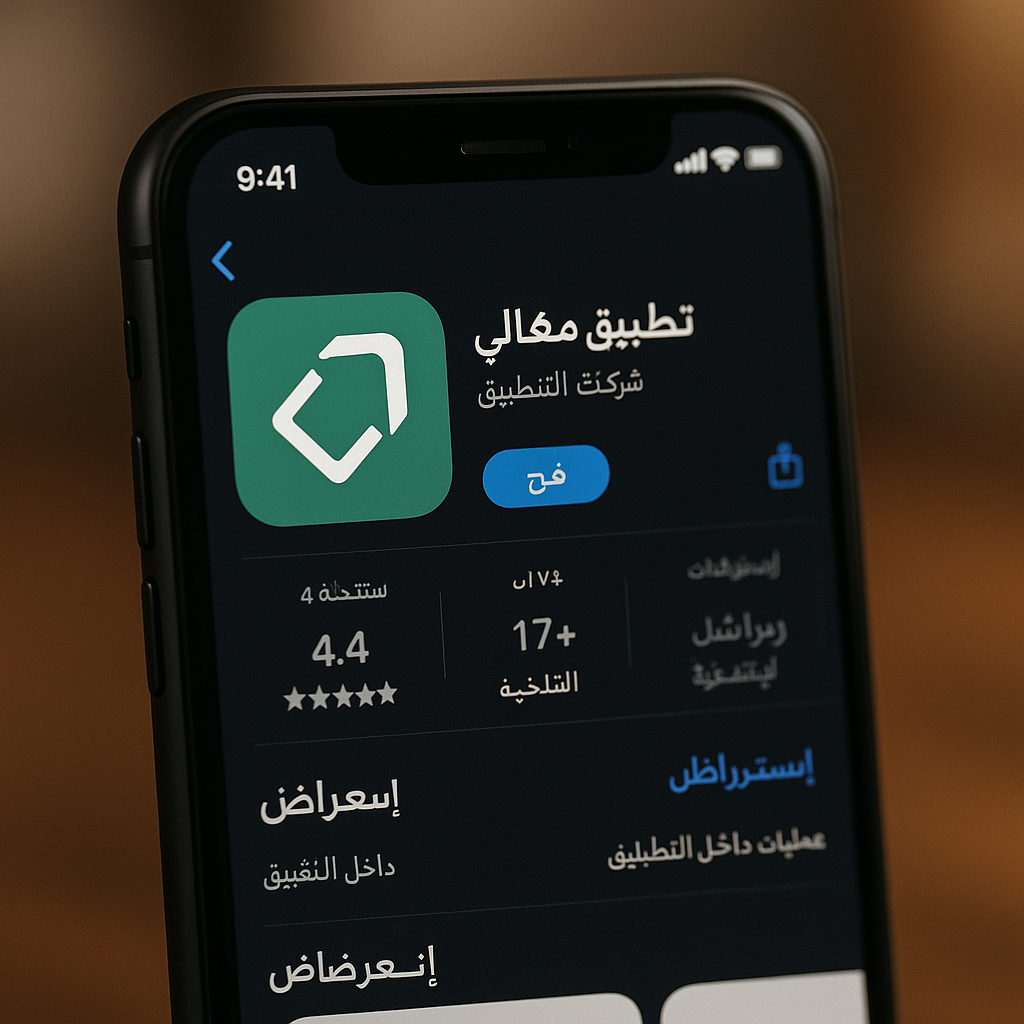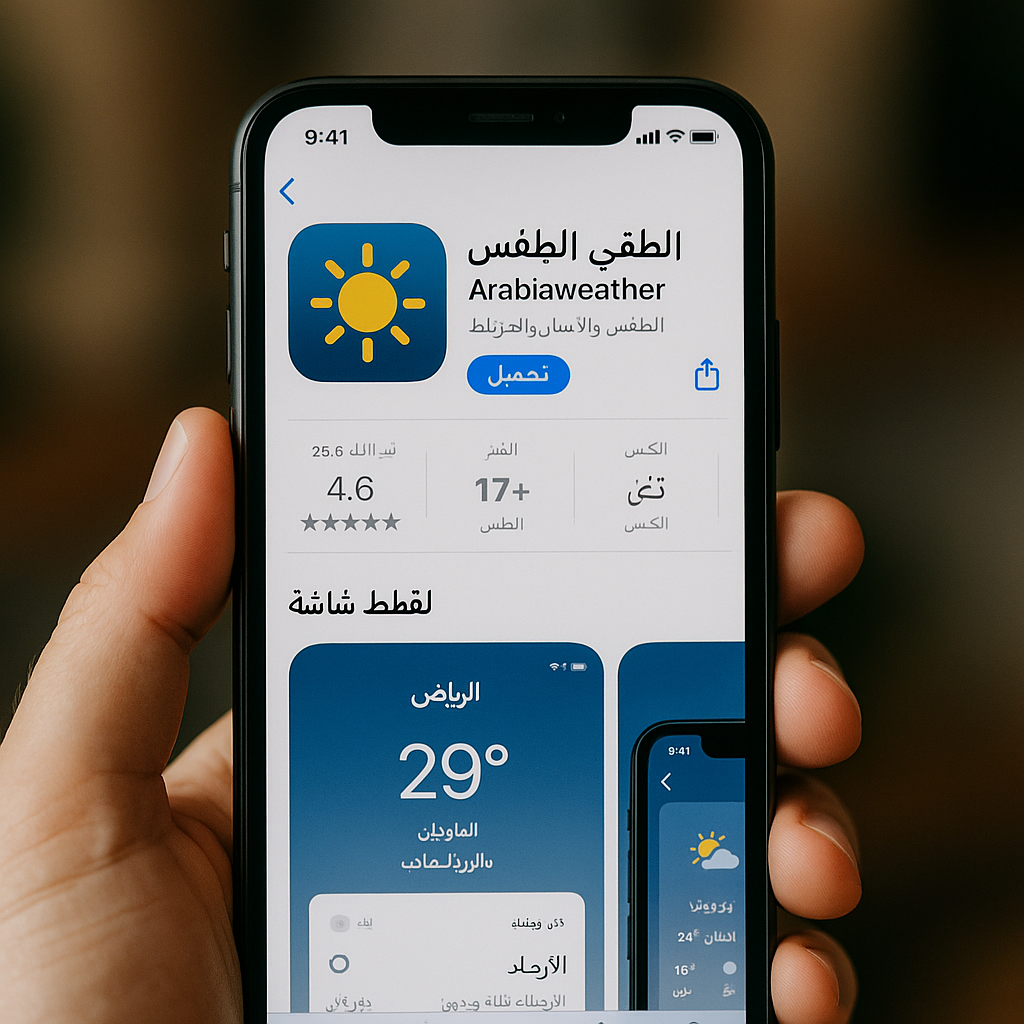What are the Best Practices for ASO in Arabic?
App Store Optimization (ASO) is essential for getting your app discovered in the crowded app stores. If you are looking to target Arabic language users, understanding the best practices for ASO can significantly increase your app’s visibility and downloads. In this article, we will explore key strategies and techniques to master ASO for Arabic language users.
Understanding the Arabic App Market
The Arabic language market is vast and diverse, encompassing a variety of cultures and dialects. It is essential to recognize that the Arabic-speaking population is not uniform. Therefore, your ASO strategy should consider regional differences.
Before diving into specific practices, spend time researching your target audience. Questions to consider include:
- What specific dialect of Arabic will resonate with your users?
- What are the cultural nuances that influence user behavior?
- Which app categories are most popular in different Arab countries?
Keyword Research
The foundation of a successful ASO campaign is effective keyword research. Arabic keywords may differ substantially from English keywords, so it’s important to tailor your approach.
Consider using tools like Google Keyword Planner or specialized ASO tools that support Arabic keywords. When you use these keywords in your app’s title, description, and metadata, ensure they are relevant and localized to match what Arabic-speaking users are searching for.
Your app’s title is especially significant. It should convey what the app does while incorporating the most important keywords. For example, if your app is a language learning tool, an Arabic title that combines “learn” and a specific language could attract more searches.
Localization of App Listing
Localization goes beyond mere translation; it requires adapting your app to cater to cultural specifics. When localizing your app listing, consider the following:
- Translate not only text but also visuals and user interface elements that may not be culturally appropriate.
- Replace images or symbols that may not resonate with Arabic-speaking audiences.
- Customize app descriptions to reflect local trends and interests.
Remember, a localized version of your app has a better chance of resonating with users than a direct translation.
Effective App Title and Icon
Your app title and icon are the first things users see. These elements should be visually appealing and informative. The app icon should reflect the purpose of your app while considering local aesthetic preferences.
Additionally, your app title should not exceed 30 characters to ensure visibility. This is especially crucial in Arabic where words can be quite long. Aim for clarity and relevance.
User Reviews and Ratings
User reviews and ratings significantly influence your app’s ranking in app stores. Encourage users to leave honest reviews. You can do this by incorporating prompts within your app, particularly after a successful user interaction or milestone.
Responding to user feedback, both positive and negative, shows that you value user input. This engagement can enhance your app’s reputation in the market.
Utilizing App Preview Video
Incorporating a preview video can dramatically improve your app’s appeal. A short, engaging video displaying your app’s functionality can guide users through your content and capabilities, making them more likely to download your app.
Make sure that any text in the video is in Arabic and culturally relevant. This adaptation can engage users more effectively.
Promotional Activities
Promotional strategies such as discounts or in-app rewards can serve as compelling call-to-action factors. Consider leveraging local events or holidays to launch promotions that resonate with your user base. This can heighten visibility and engagement.
Engage in cross-promotion with other apps that have a significant Arabic-speaking user base. This strategy expands your reach and builds community around your app.
Social Media and Content Marketing
Social media platforms are powerful channels for ASO. Use platforms like Facebook, Twitter, and Instagram to engage with potential users. Share content that highlights your app’s key features and benefits in a culturally relevant manner.
As you promote your app, consider creating valuable content through blogs or articles. You can link to resources such as Content Marketing Institute and Meltwater for insights on how to tailor your marketing efforts specifically for the Arabic market.
Measuring Performance
Tracking your performance is integral to enhancing your ASO strategy. Utilize analytics tools to monitor key performance indicators (KPIs) such as download rates, user engagement, and conversion rates.
Based on this data, iterate and optimize your strategies. Regular assessments can guide you to refine elements like keywords, visuals, and user engagement strategies.
Conclusion
Mastering ASO for Arabic language users involves understanding the unique cultural nuances of your audience, conducting effective keyword research, and localizing both your app and its marketing content. By following these best practices, you can significantly boost your app’s visibility and success in the Arabic app market.
For further reading on the power of content marketing in the Middle East, you can check out LinkedIn Article and StoryChief. Constant learning and adaptation will put you on the right path to ASO success!















